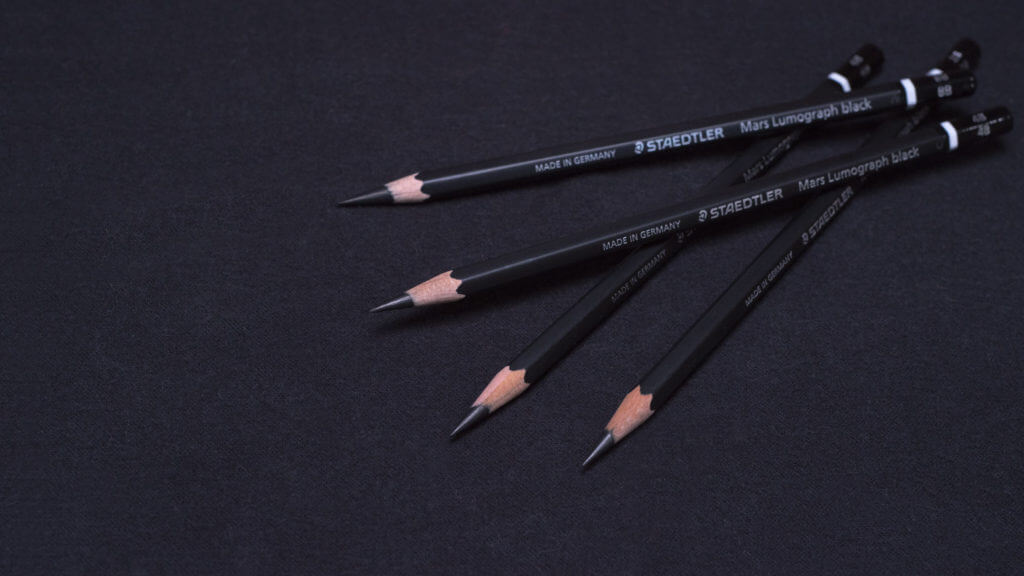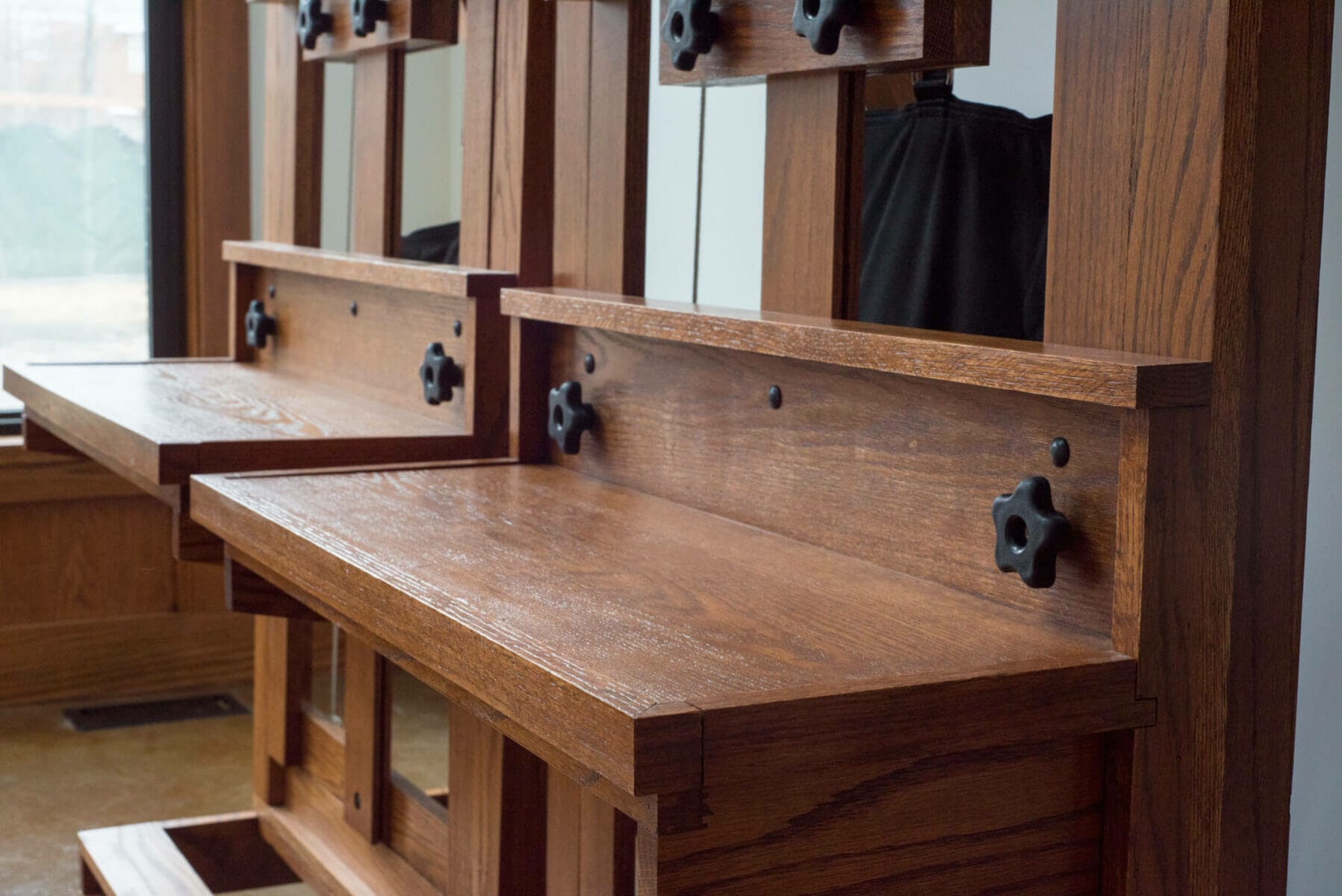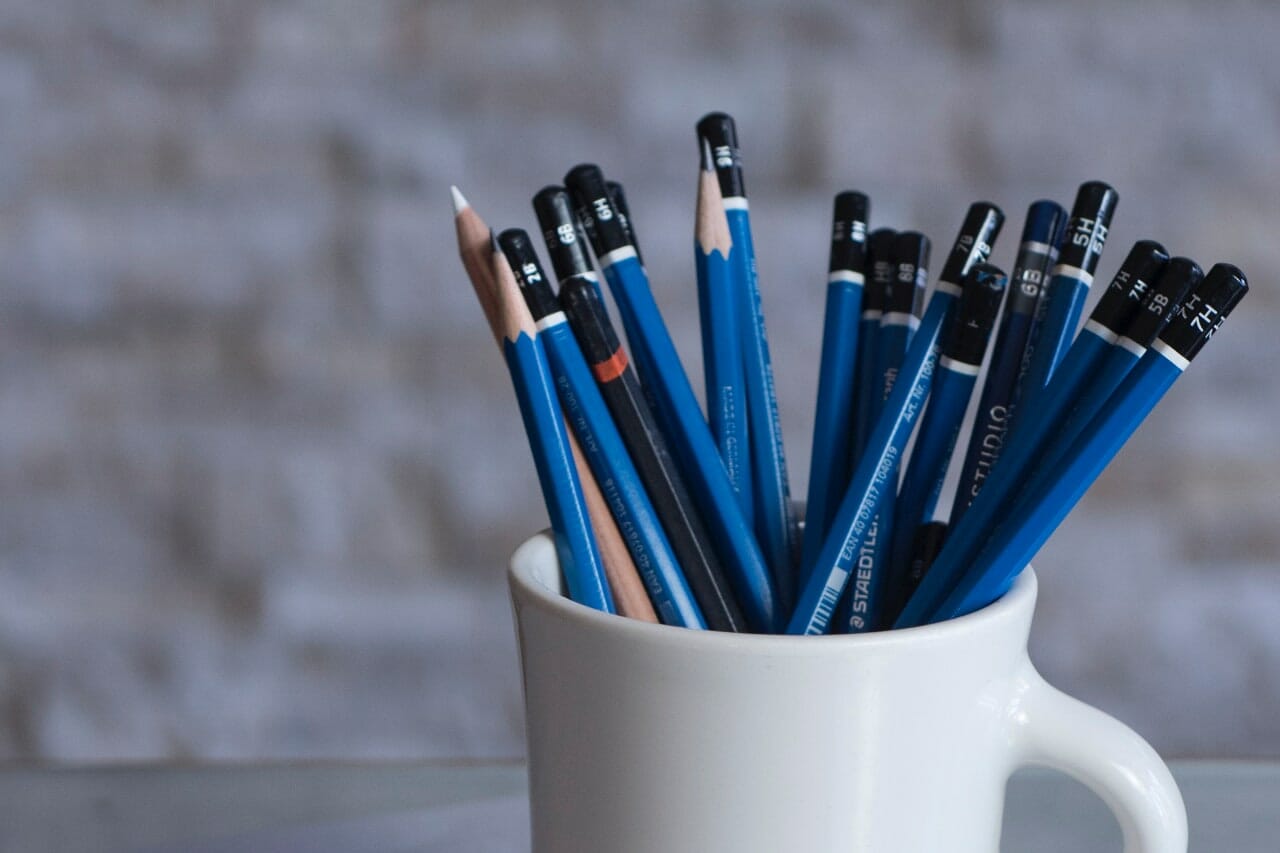Artist Spotlight: Randy Ortiz

One of the things I love most about teaching is seeing how students incorporate things they’ve learned at the studio in their own work. The best of them seem to employ the concepts and methods we teach in a way that is both familiar and novel at the same time.
Since we’ve begun teaching online, we've been able to witness this effect even more. One of the more notable recent examples can be found in the work of Canadian artist Randy Ortiz.
I first saw one of Randy’s drawings on Facebook. It was a punchy, contrasty portrait sketch with super-dark darks that practically leapt off the screen. What I noticed right away about the drawing was how graphically decisive it was. The large structures of the head and face were clearly expressed, and the implied angle of view was consistent throughout.
This isn’t as common as one might think, and it made me want to know more about this Randy Ortiz person. After digging a little deeper online I found more drawings like the first one that caught my eye, and discovered that not only had he taken our online portrait drawing course, but was actively telling others how helpful he found the experience. After contacting him to congratulate him on his work, I discovered that he's a really nice guy, too.
Perhaps what I like best about Randy's work is that it's well-drawn without trying to be "pretty". Realist artists can easily fall into a kind of trap, where we focus so intently on the difficult business of making an illusionistic image that we fail to pay enough attention to content. The result is pictures that look beautiful, but have little to say. Randy doesn't have this problem. His imagery is dark, imaginative, and weird – which I mean in the best possible sense of being unpredictable and a little unsettling. I'm always eager to see new work from him because I know it will surprise me somehow, and I love that.
I contacted Randy because I wanted to know more about him and his work. He agreed to an interview so I can share what he has to say with our whole community. Thanks, Randy! I look forward to seeing what you do next.
DJ: Why do you draw? In other words, why make art and not do something else?
RO: Drawing is something that just feels natural to me. I need to do it or I’ll go crazy, whether I make a living on it or not.
DJ: You seem to focus on drawing almost exclusively (unless I’m missing something). Why not painting? (One of my favorite drawing teachers turned away from painting early in his career, and it was always interesting hear why. His take was that there was nothing he wanted to say as an artist that couldn’t be said through drawing – for him, the added complexity of painting was unnecessary.)
RO: My work over the years has been pretty compartmental. I started off mostly using pen and ink for many years, then crossing over to digital (mostly to accommodate a smooth process for all the screen printing work I would do), then landing where I am now with charcoal/graphite. It’s basically a long, drawn out learning process for me at the moment which will eventually lead to experimenting more with oil painting in the future. I don't know why I’m not doing it all at the same time, perhaps it’s the fear of spreading myself too thin, but I prefer to take what I’ve learned in previous practices and mediums and see what I can do with it in the next. (A few days after typing this, I started experimenting with paints and so far it’s been a really fun learning experience.)
DJ: Part of what I really like about your work is that it’s symbolically rich. Where does that subject matter come from? What are you responding to?
RO: It’s a purging of negativity. It’s a very therapeutic process to leave all my worries on a piece of paper. While I am generally a pretty happy person for the most part, there’s a dark part of me that I can’t really avoid and I feel I need to express that story in my artwork. Best not to let that stuff build up and come out in other ways.





















Responses